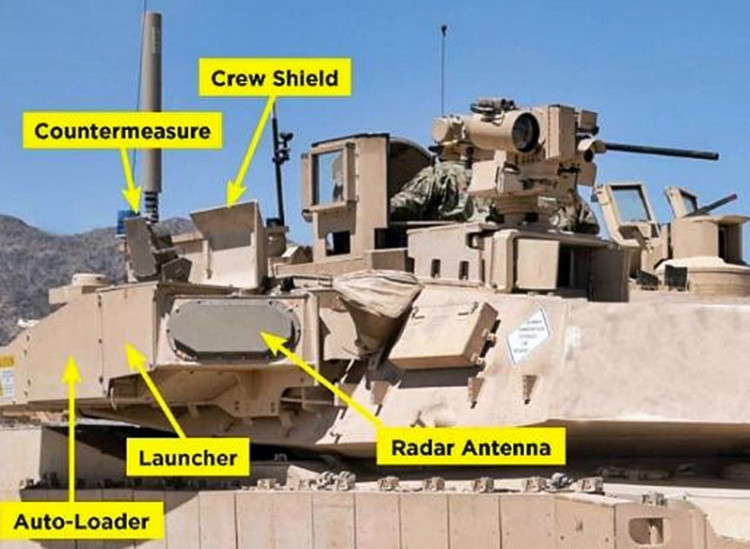This year, the United States Armed Forces will receive more than $674 billion to greatly boost its capability to defeat any adversary country in a conventional war. This massive amount is larger than the defense spending of all the nine other top military spending nations combined.
Here's how the U.S. military plans to spend this mammoth sum.
The U.S. Armed Forces currently have 1.3 million active-duty personnel and 811,000 reserve personnel. Part of the $674 billion defense budget will go to recruiting 16,400 additional active-duty and reserve personnel. It will also go towards supporting a 2.6 percent pay increase for all military personnel to be given this year.
As for hardware, the Defense U.S. budget for this year will see the acquisition of more than 230 new combat aircraft; 135 upgraded M1 Abrams main battle tanks (MBTs) and more than a dozen new naval warships. Included in the new warship list are 3 Arleigh-Burke-class guided-missile destroyers; 2 Virginia-class nuclear-powered fast-attack submarines and 3 Littoral Combat Ships (LCS).
Interestingly, the defense budget for 2019 includes $508 million to fund research into hypersonic weapons that can carry nuclear warheads towards their targets at speeds exceeding Mach 5 (6,000 km/h).
This massive increase in America's offensive firepower is the largest so far this century and will go towards supporting the Armed Forces' renewed focus on waging a mobile conventional war against near-peer adversaries such as the Russian Armed Forces (1.0 million active personnel) and the People's Liberation Army (2.0 million active personnel).
Broken down, the new U.S. combat aircraft to be delivered this year will include 93 Lockheed Martin F-35 Joint Strike Fighter stealth jets; 58 Sikorsky UH-60 Black Hawk helicopters; 66 Boeing AH-64 Apache attack helicopters and 13 Bell-Boeing V-22 Osprey tilt-rotor aircraft for the U.S. Marines.
The 135 M1 Abrams MBTs will receive active protection systems (APS) that can destroy incoming rocket-propelled grenades (RPGs) and anti-tank guided missiles (ATGMs). More than $1.5 billion has been set aside for this purpose.
"Trophy," an APS made in Israel, is being installed on the newest versions of the combat-proven M1 Abrams in anticipation of forthcoming battles against the Russian Ground Forces and the People's Liberation Army Ground Force (PLAGF).
Trophy adds an additional layer of protection to the Abrams' ceramic Chobham armor that can withstand penetration by most tank-killing rounds and missiles.
Trophy is a radar-guided defense system that uses cutting-edge electronics to intercept and destroy incoming ATGMs and RPGs. Incoming rounds are detected by four flat panel antennas mounted on the tank's turret.
Once Trophy's radar system identifies an incoming round, it fires "neutralizing agents," to destroy the threat. These neutralizing agents consist of hundreds of small metal pellets that streak-out towards the threat like buckshot fired from a shotgun. The buckshot-type rounds are fired from two rotating launchers installed on either side of the Abrams.
The Trophy system is designed to defeat modern RPGs such as the tandem-charge Russian RPG-29 and lethal ATGMs such as the Russian Kornet and Chinese HJ-8.
The Pentagon will upgrade 261 M1A2 Abrams SEP V2 MBTs (enough to arm three expeditionary brigades) with Trophy. These Abrams MBTs will receive the version of Trophy known as Trophy-HV, for Heavy Version.






